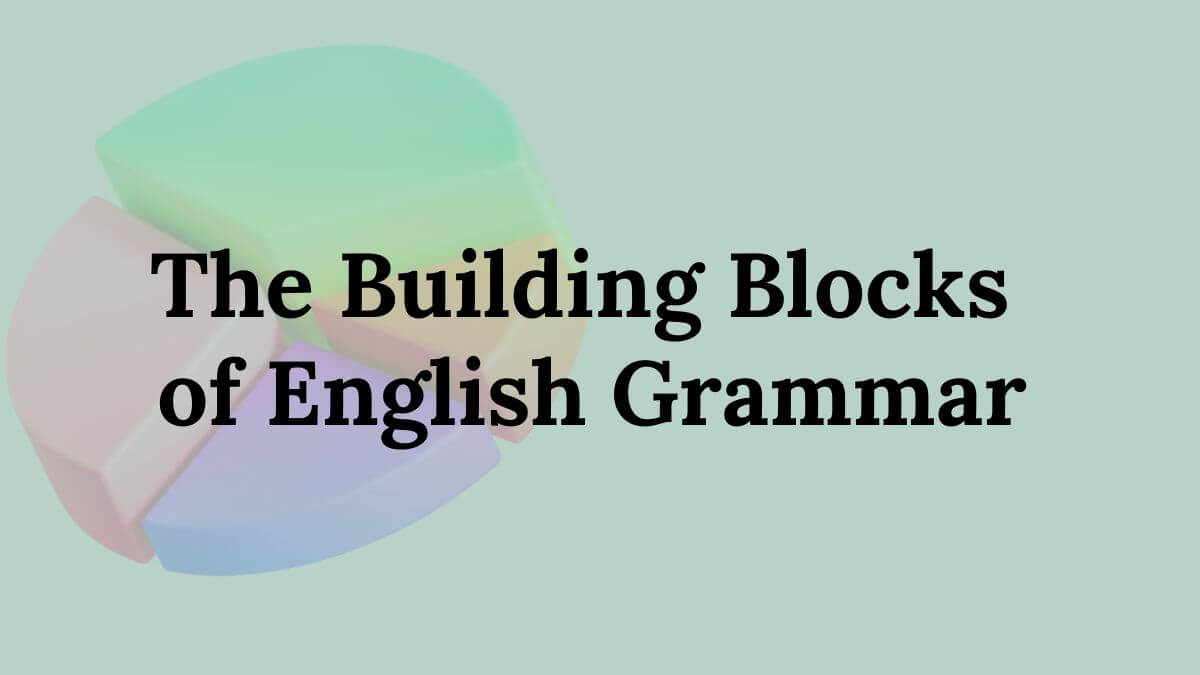Discover how mastering nouns can boost your English grammar skills. Learn types, examples, and practical tips in this beginner-friendly guide. Understanding English grammar starts with mastering nouns. Nouns act as the core building blocks that give every sentence its meaning and direction. Whether you’re naming a person, place, idea, or thing, nouns are the words we rely on most. This blog post will guide you step-by-step to understand what nouns are, the different types, how to use them correctly, and why they are essential for both spoken and written English. If you’re an English learner or a teacher helping students, this guide will be your go-to resource.
What Is a Noun?
A noun gives identity to everything around us—whether it’s a person you know, a place you go, a thing you use, or an idea you believe in.It helps us identify and talk about the world around us. For example:
- Person: teacher, John, doctor
- Place: school, Paris, library
- Thing: book, phone, table
- Idea: freedom, love, happiness
Every time we form a sentence, we usually use at least one noun. So, mastering nouns is truly a key step in mastering the English language.
Why Mastering Nouns Is So Important
Learning how to use nouns correctly improves both writing and speaking. If you want to describe something, ask a question, or express your thoughts clearly, you’ll need nouns. Whether you’re writing an essay, sending an email, or speaking with friends, nouns are your tools.
Here are a few benefits of mastering nouns:
- Makes your sentences more complete and meaningful
- Helps in building vocabulary
- Improves reading comprehension
- Supports correct subject-verb agreement
Main Types of Nouns
Grasping the different types of nouns lays the foundation for mastering English grammar—let’s break them down clearly and simply.
- Common Nouns and Proper Nouns
Common nouns refer to general, non-specific names of people, places, or things used in everyday language.
Examples: city, car, woman, book
Proper nouns name particular people, places, or things and always begin with a capital letter.
Examples: Dhaka, Toyota, Sarah, Bible
Tip: Always capitalize proper nouns!
- Concrete Nouns and Abstract Nouns
Concrete nouns bring the physical world into language—they name the objects, sounds, and sensations you can directly experience through your senses.
Abstract nouns are ideas or emotions that you cannot touch.
Examples: honesty, fear, courage, love
- Countable and Uncountable Nouns
Countable nouns are things you can count.
Examples: apple/apples, student/students
Uncountable nouns are things you can’t count easily.
Examples: water, information, advice
“Use ‘much’ to talk about quantities you can’t count, and ‘many’ for things you can count one by one.
- Collective Nouns
Collective nouns refer to a group of people or things as a single unit.
Examples: team, family, audience, bunch
Sentence Example:
- The team is playing well today.
Singular and Plural Nouns
Understanding how to change nouns from singular to plural is another essential part of mastering nouns.
Regular Plurals
Just add -s or -es:
- book → books
- bus → buses
Irregular Plurals
These don’t follow standard rules:
- man → men
- child → children
- mouse → mice
Tips for Plural Formation:
-
- When a noun ends with a consonant followed by -y, swap the -y for -ies to make it plural.
- baby → babies
- When a noun ends with -f or -fe, its plural form often transforms by swapping -f/-fe for -ves to show more than one.
- knife → knives
Nouns as Subjects and Objects
- Nouns frequently function as the main focus of a sentence—either as the doer of the action (subject) or the receiver of it (object).
- Subject: The cat is sleeping.
- Object: She hugged the cat.
Understanding this will help you build clearer, grammatically correct sentences.
Possessive Nouns
Possessive nouns show ownership.
- Singular possessive: dog → dog’s tail
- Plural possessive: dogs → dogs’ tails
Example sentences:
- That is John’s book.
- The teachers’ lounge is upstairs.
Tip: Don’t confuse possessive nouns with plurals!
Using Nouns with Articles and Determiners
When mastering nouns, it’s important to learn how to use them with articles (a, an, the) and determiners (some, many, few, this, that).
Examples:
- a dog
- the book
- some water
- many students
“Use ‘a’ and ‘an’ before singular countable nouns to introduce something new, while ‘the’ points to a particular noun that’s already known or specific.
Noun Phrases
A noun phrase includes the noun and the words that describe it.
Examples:
- The big red balloon
- A glass of cold water
- My younger sister’s dress
These phrases make your sentences richer and more descriptive.
Quick Practice: Spot the Nouns
Try spotting the nouns in this sentence:
The young girl happily enjoyed her brand-new toy while wandering through the park..”
Nouns: girl, toy, park
Practice like this regularly to improve your noun identification skills.
Read More :
A Simple Guide to the Parts of Speech with Examples
7 Common Mistakes with Auxiliary and Modal Verbs – And How to Fix Them!
Conclusion: Start Mastering Nouns Today
Mastering nouns is one of the most important steps in becoming confident with English grammar. Whether you’re learning how to speak fluently, write clearly, or teach effectively, understanding nouns will make a big difference. Nouns form the backbone of your communication—naming everything from people and places to feelings and ideas. By learning the types of nouns, how they function in sentences, and how to use them properly, you’re building a solid foundation for all other areas of grammar. Keep practicing, use real-life examples, and pay attention to how nouns are used around you.
